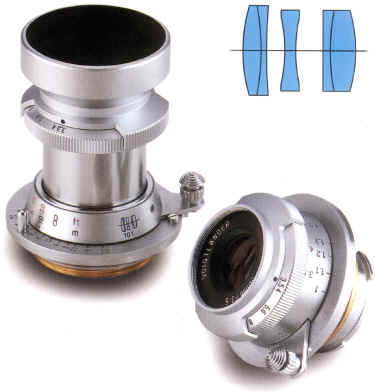jaap
Jaap
Obviously they would do something different than relaunce that beautiful sonnar 90 F2.8 again. (85mm F2.8 Contax/yashica mount).
Obviously they would do something different than relaunce that beautiful sonnar 90 F2.8 again. (85mm F2.8 Contax/yashica mount).
such strong negative reactions to this lens is surprising.
no one is being being forced to even consider buying it.

If you take a step back, you can see that Zeiss is slowly releasing its classic Contax offerings back onto the market. The 21mm and 35mm C-Biogons, the C-Sonnar, the f/2.0 85mm Sonnar./QUOTE]
Also, once I saw the number of elements and the way they are grouped, my bet is that Zeiss is aiming for more classic signature with this lens.
If I didn't already have an 85/2 Nikkor and just recently purchased a first version Elmarit - I'd seriously consider getting one - based on the Heliar-like design.
what makes you believe that?
Those were made by Kyocera.
So you take them off the shelf. What shelf? Kyocera's shelf? How any of the lens blanks are left? Let's say there are 100 matched elements.
You still have to design a lens barrel, aperture mechanism and assembly process to refit a limited supply of lens elements so that when you run out of lens elements, you now have to make more ... to the identical specification of the original lens.
From a financial standpoint, that's illogical.
It makes better sense to create a new lens from the ground up that isn't limited by the mechanics or supply of a previous product.
Optically the same and spec-wise identical are two different things when it comes to manufacturing.
Wouldn,t that be the most logical choice ? To take the sonnar f2.8 of the shelf?
It was a Zeiss (optical elements) Cosina (mechanical parts) and Rollei (manufacturing) lens.
But only about 500 pieces were made.
And then it seemed obvious: It's too close in speed and performance to the f/2.0 Sonnar. A Japanese f/2.8 version of the Sonnar would be much cheaper than the f/2.0 German-made lens, and that would eat into sales of the German lens.

